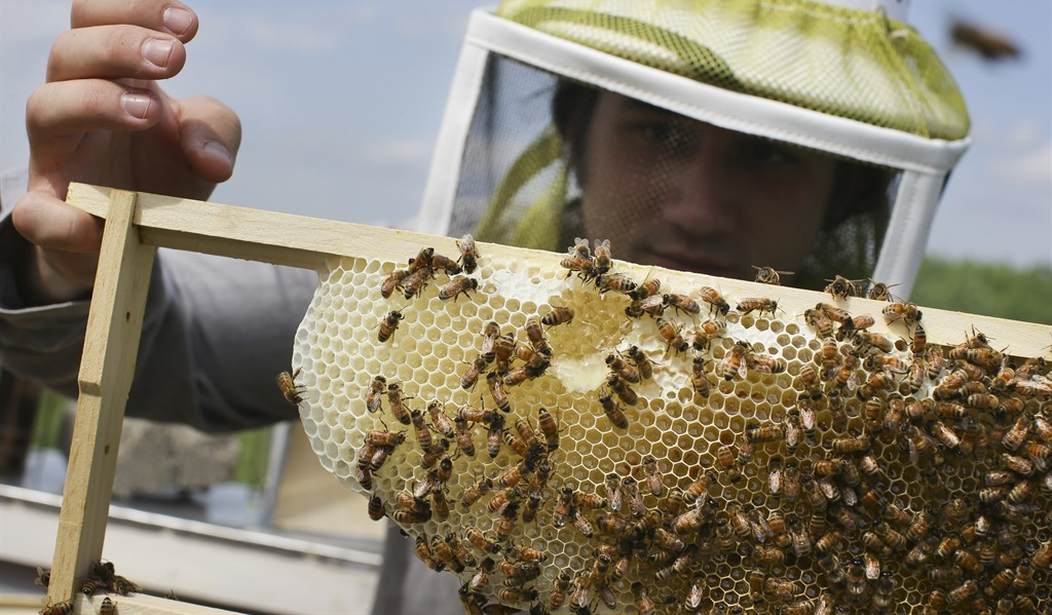An unusual insect invasion is underway on the West Coast that threatens the multi-billion dollar honey industry with ruin. It’s likely that the U.S. has been invaded by so-called “Murder Hornets” from Asia and already, some beekeepers are reporting the destruction of their hives by the pests.
You can’t miss these things if you see one.
The hornet has a distinctive look, with a cartoonishly fierce face featuring teardrop eyes like Spider-Man, orange and black stripes that extend down its body like a tiger and broad, wispy wings like a small dragonfly, The [New York] Times reported. …
The hornet dwarfs other winged insects, making the yellow-head bumblebee, bald-faced hornet and western yellowjacket seem small in comparison, and even when compared to the burly bumblebee, according to the [Bellingham] Herald.
Yikes.
More to the point, Washington State beekeepers are worried about their livelihoods. “‘This is our window to keep it from establishing,’ Washington state entomologist Chris Looney told the Times. ‘If we can’t do it in the next couple of years, it probably can’t be done.'”
That’s a narrow window when you consider the number of generations the insects will experience over that time.
How did they get here? Scientists aren’t sure, but global trade surely had something to do with it.
They’re sometimes transported in international cargo — in some cases deliberately, said Seth Truscott with WSU’s college of agricultural, human and natural resource sciences.
The giant hornet was first spotted in the state in December, and scientists believe it started becoming active again last month, when queens emerge from hibernation to build nests and form colonies.
“Hornets are most destructive in the late summer and early fall, when they are on the hunt for sources of protein to raise next year’s queens,” Truscott said on the WSU’s Insider.
“They attack honey bee hives, killing adult bees and devouring bee larvae and pupae, while aggressively defending the occupied colony,” he added. “Their stings are big and painful, with a potent neurotoxin. Multiple stings can kill humans, even if they are not allergic.”
Reminds me of the hype over “killer bees,” or Africanized bees. The western honey bee was crossbred with the African honey bee, which created a more aggressively protective species. Humans who wandered too close were sometimes viciously attacked. But they never actively sought out humans to attack, despite popular culture’s portrayal of them.
Still, you wouldn’t want to get too close to their colonies. Since the bees are two inches long with huge stingers, I’m sure it wouldn’t be a pleasant experience.










Join the conversation as a VIP Member